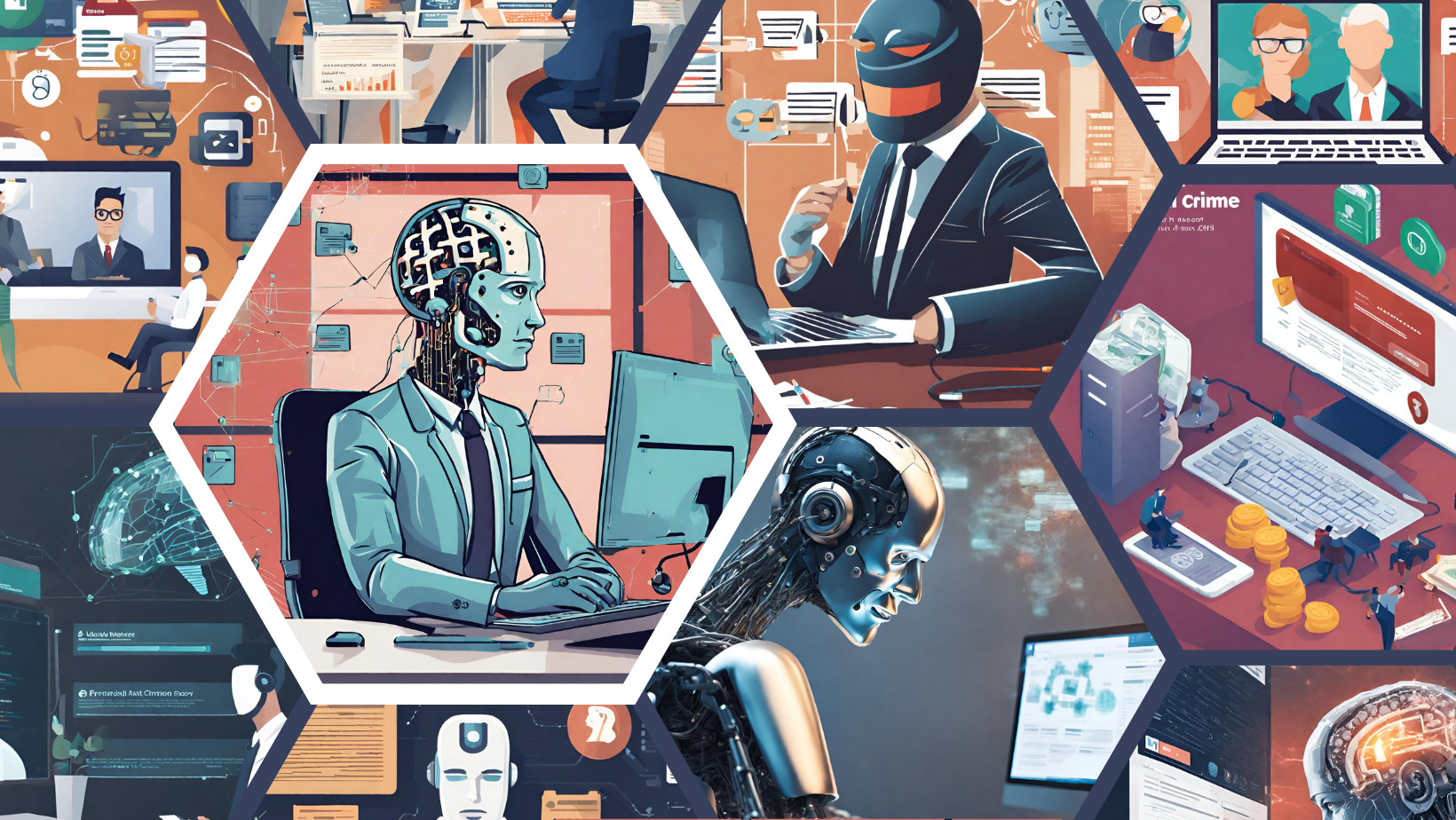
Generative AI/ChatGPT impact on Financial Crime
Whether it's simple conversations, programming, images, music, or even recipes; artificial intelligence (AI), driven by the ability to generate content, is commonly mentioned in a variety of environments. Technology is always evolving, and the current pace of this process can make it hard to keep up with. The multitude of possibilities for the use of artificial intelligence is huge, and the creativity of people enhances it enormously. Check what impact it has on Financial Crime.
One of the most frequently cited products – ChatGPT – is popular due to its open-to-use character. It is a conversational chatbot which utilizes the AI Large Language Model (Large Language Model – LLM) to answer questions asked by the operator. In a way, it could be understood as a search engine, although coded to provide specific information rather than pointing to the source. It can write a poem in a specified style on any topic you like, refine your resume, help you with a school assignment, tell a joke, explain mathematics or be an active companion in solving personal problems.
Definitions
Artificial intelligence (AI) is a broad concept that fits within computer science and aims to mimic human intelligence when performing tasks in a programmable environment. Artificial intelligence is an umbrella term that is divided into various subcategories, such as machine learning, deep learning, Natural Language Processing, etc.
ChatGPT is an application that can be classified as Generative AI. This area of AI is defined by the ability to generate content. Its function is to "learn" from the query the user asks, collect data based on its input and generate new data to meet the parameters of the question. While ChatGPT is specifically designed to deliver text responses, generative AI has other capabilities. It can be used for various outputs – in addition to conversational bots, there are applications that can create images, music, videos, programming code and much more.
To function properly as a conversational chatbot, ChatGPT uses the large GPT-3 large language model – which is a text-dependent model with deep learning support to pool resources and produce results in human-like text responses.
Opportunities and limitations
Generative AI allows for working through patterns, collecting insights, detecting anomalies, or searching data. Financial crime detection solutions are already available to help collect financial information, internal and external information, and provide reviews specifically for this purpose. These applications focus on creating detailed quality information for the purpose of compliance decision making.
In addition, Generative AI can be used to create functional customer service bots that can help solve customer issues, provide personalized suggestions for financial services, and simultaneously identify anomalies or unusual behaviors.
While the idea behind generative AI sounds appealing and helpful, there are limitations to the technology – the data behind it may be outdated, the answers may not include quality sources, there is no real "understanding" but rather pattern recognition based on input data and there can be ethical constraints based on owner policy.
Threats and Exploits
While generative AI has great potential for business applications, as with any type of technology, there are those who would use its capabilities for illegal purposes. The ability to combine business language with branding images available on the internet along with the know-how creates an easy way to carry out phishing attacks much harder to identify for less experienced internet users. Imagine a false link to a chatbot for bank’s customer service asking for identification, transactions or login details or a near perfect online payment app duplicate. Public awareness may not be at the level required to detect a threat in time, especially since another conspiracy may be available for experienced criminals.
These features show that impersonation is not an issue for artificial intelligence – it is not difficult to find a significant number of deepfake videos of celebrities or politicians. While this content is sometimes created for entertainment purposes, it's frightening to see how it can be used for misinformation, propaganda, and harm essentially anyone who posts content online – especially social media. It is possible to purchase a deepfake video as a service from a company based in China for an affordable price of $145 – all you need is a 3-minute video and 100 sentences spoken by the person concerned. You can create your own deepfake video for $4 per hour – full cost depending on the quality you need.
The same technology can be used to impersonate persons for fraudulent purposes; creating fake IDs, invoices, transaction records, and many other components required to complete a successful fraud or launder money. Generating fake balance sheets, creating schemes, or looking for ways to circumvent KYC regulations and measures doesn't seem far from reality for Generative AI.
Conclusion
Like any new technology, generative AI is a double-edged sword and only human creativity, and honesty can make a tool useful or a weapon. It is important for financial crime prevention authorities to remain vigilant, and for all of us to be aware and cautious. The sheer number of possibilities are very encouraging for companies to pursue, and while the progress is positive, the dangers must be taken into account, especially when dealing with such a flexible application.
Author: Jarosław Balbierz Graphics: Canva AI







